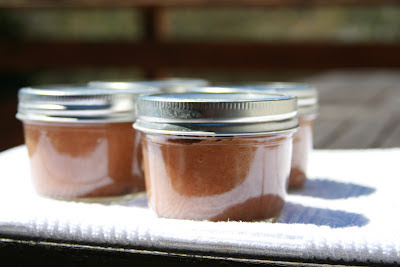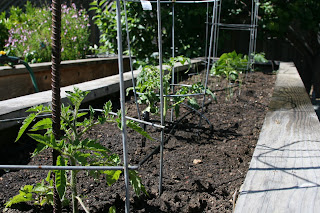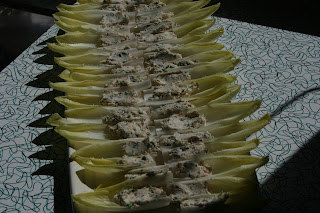Cabbage can be a bit of a struggle. Let's face it, when it shows up in the CSA box it's just not that exciting. Sadly, too often, it sits there in the fridge until it's too late.
I've been looking for some go-to recipes for cabbage so that we could use it and enjoy it when it's in the delivery. I know it's good for you and all that. So I've tried a few approaches to come up with something tasty for cabbage but nothing has done the trick for us yet.
Until...
A few months ago, I was paging through the
Penzey's catalog (Winter 2012) and saw this recipe for Parkey Stew which was named after this person's grandfather. This recipe was for a cabbage stew that I knew I could adapt to our tastes and it might be that elusive go-to recipe for cabbage. I cut it out and added to my notebook of recipes to get to (most of which haven't been gotten to).
The basic idea is kielbasa and cabbage in a tomato and broth base. And it worked!
Below is just my starting point and my first adaptation of the original recipe.
Adapted Parkey Stew
Ingredients:
- Olive oil
- Carrots - 3 to 4, peeled, and quartered and chopped into fingers
- Garlic - 2 to 3 cloves, minced
- Broth - 16 oz.
- Tomatoes - 1 15 oz. can crushed or diced tomatoes. Some brands have extra herbs and ingredients.
- Cabbage - 1 small to medium head of green cabbage
- Kielbasa - 2 Tofurky kielbasa sliced
- Herbs - Various - Use what you have - Tonight I used some Foxpoint Seasoning and some Mural of Flavor. Next time would add a few shakes of red pepper flakes.
- Salt - 1/2 teaspoon
- Pepper - 1/2 teaspoon
- Rice - 1-2 cups of cooked rice
- Parmesan cheese - grated as a garnish
OK, in the original recipe, there were 3 leeks which I skipped because I finally did a good job
using them up in the last post. But know you can add them.
I also added the rice to the recipe because we had it as a leftover in the fridge. My wife suggested tossing it in. It was the perfect suggestion since the rice absorbs the flavors and makes it a more filling and satisfying dish.
Instructions:
- In a medium saucepan, heat olive oil and brown kielbasa slices and then remove
- Add sliced carrots (and leeks) and cook about 10 minutes stirring often
- Add the garlic and cook about 2 minutes
- Add broth, tomatoes, and cabbage to pot along with seasonings and herbs
- Bring to a mild boil and simmer for 20-30 minutes
- Add back the kielbasa as the recipe approaches completion
- Add cooked rice with the kielbasa (optional)
- When done, remove from heat and let cool a few minutes
- Top with grated cheese and some freshly grated black pepper
We decided that this was a keeper and it could evolve with time. I think having some strong but not overpowering herbs and spices can take this recipe to another level.
There's lots of room to be creative with this one.



































